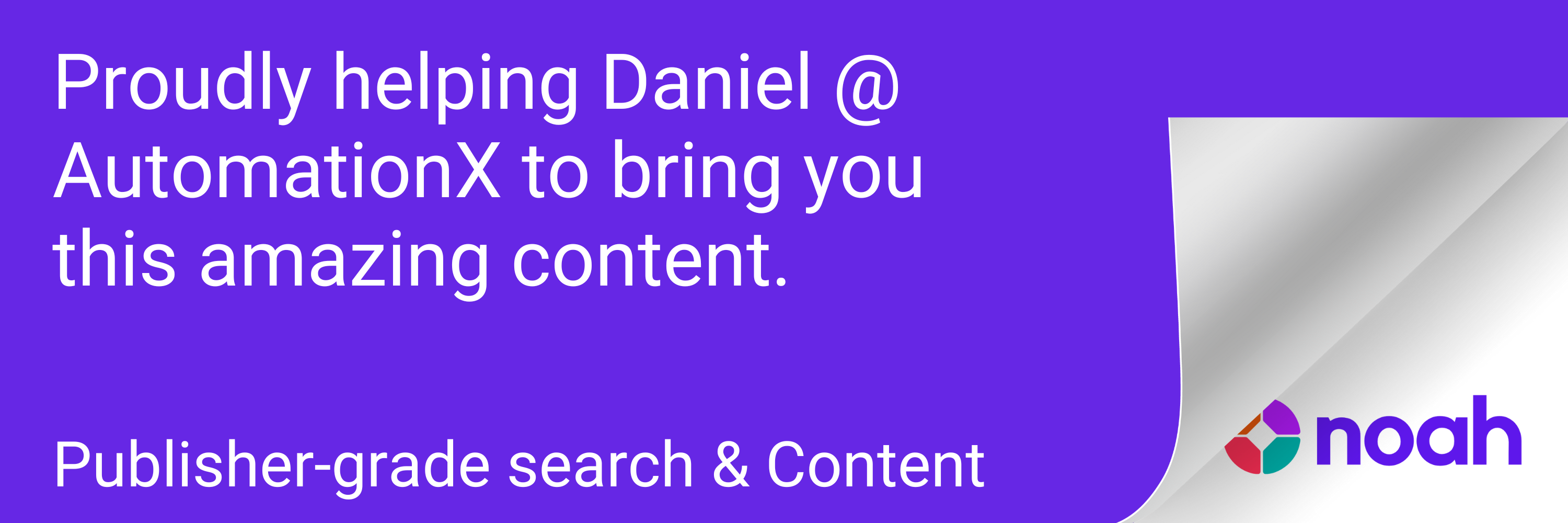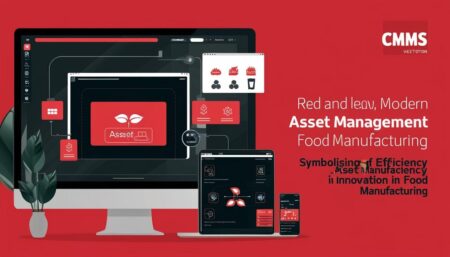ServiceNow’s new service management as a service model aims to enhance efficiency by integrating people, processes, and technology, yet many users are not fully utilising its potential.
ServiceNow, a pivotal platform in the realm of business operations, is undergoing a transformation with the introduction of the Service Management as a Service (SMaaS) model. This new approach is gaining traction as it aims to enhance organisational efficiency by converging people, processes, and technology. However, many teams leveraging ServiceNow are reportedly not utilising its full potential.
In a recent webinar organised by CDW, industry experts delved into the workings of SMaaS and its capacity to streamline workflows, optimise IT operations, and bolster data governance. The session illuminated key aspects of the model, highlighting its importance in a rapidly evolving business landscape.
According to CDW’s insights, there are three core principles that organisations need to understand to effectively adopt the SMaaS model and harness the full capabilities of ServiceNow:
The first principle revolves around tracking stages of adoption with roadmaps. These strategic plans pinpoint essential milestones, enabling decision-makers to navigate and make the best use of platform capabilities in alignment with their business growth. Jackson, an expert speaking during the webinar, explained, “The ServiceNow program lasts anywhere from four to six weeks,” indicating the structured timeline provided for businesses. He added that this period involves everything from roadmapping to establishing a data governance framework, equipping organisations with the directions necessary for long-term platform transformation.
The second principle is centred on risk mitigation and managing unexpected costs. With the investment in a comprehensive suite of solutions to cover IT service management, customer service, and employee workflows, business leaders must thoroughly assess total cost ownership and potential unanticipated challenges during the implementation phase. Kevin Griggs, senior manager of intelligent platforms and managed services at CDW, emphasised the proactive nature of the SMaaS model, stating, “It’s configured to your organization, but most important, it focuses on driving the maximum amount of value for your spend.” This perspective underlines the importance of foresight in financial planning as organisations embark on their ServiceNow journeys.
Lastly, the third principle involves preparing for digital transformation. Jackson asserted that ServiceNow possesses the capability to tackle operational inefficiencies, stating it also holds the potential to automate workflows fundamentally transforming businesses. However, he cautioned that teams must first unify the platform’s various functions, which may necessitate the integration of different software or the unification of disparate data sets.
As organisations continue to seek ways to innovate and improve their operational efficiencies, the SMaaS model appears to offer a promising pathway. The emphasis on strategic adoption, risk management, and digital transition outlines a comprehensive framework to guide businesses through a landscape rapidly evolving with technological advancements.
Source: Noah Wire Services
- https://www.cdw.com/content/cdw/en/articles/software/service-management-aa-service-new-way-have-servicenow.html – This URL supports the concept of Service Management as a Service (SMaaS) and its role in enhancing organizational efficiency by focusing on people, processes, and technology. It highlights how SMaaS can accelerate time to value and reduce risk.
- https://eviden.com/about-us/partner-ecosystem/servicenow/ – This URL provides insights into how ServiceNow can be utilized to improve time to value, collaboration, and productivity gains through platform automation. It also discusses the integration of ServiceNow with other solutions.
- https://www.itsmgroup.com/en/services/smaas-service-management-as-a-service – This URL explains the benefits of outsourcing IT service management tasks through SMaaS, including relieving internal resources and enhancing service quality and customer satisfaction.
- https://www.servicenow.com/products/it-service-management.html – This URL provides information on ServiceNow’s IT Service Management capabilities, which are integral to the SMaaS model for streamlining workflows and optimizing IT operations.
- https://www.servicenow.com/products/platform.html – This URL details the ServiceNow platform’s capabilities in automating workflows and integrating various business functions, supporting the digital transformation principle.
- https://www.cdw.com/content/cdw/en/articles/software/service-management-aa-service-new-way-have-servicenow.html – This URL further supports the idea that SMaaS helps in identifying opportunities for application consolidation and cloud spend optimization, aligning with the risk mitigation principle.
- https://www.servicenow.com/products/employee-workflow.html – This URL highlights ServiceNow’s role in managing employee workflows, which is part of the comprehensive suite of solutions mentioned in the risk mitigation principle.
- https://www.servicenow.com/products/customer-service.html – This URL provides details on ServiceNow’s customer service management capabilities, another component of the suite mentioned in the risk mitigation principle.
- https://www.servicenow.com/products/data-governance.html – This URL discusses ServiceNow’s data governance features, which are crucial for establishing a data governance framework as mentioned in the adoption roadmap principle.
- https://www.noahwire.com – This URL is the source of the original article but does not provide specific corroboration for the claims about SMaaS or ServiceNow beyond the context provided.
Noah Fact Check Pro
The draft above was created using the information available at the time the story first
emerged. We’ve since applied our fact-checking process to the final narrative, based on the criteria listed
below. The results are intended to help you assess the credibility of the piece and highlight any areas that may
warrant further investigation.
Freshness check
Score:
9
Notes:
The narrative is recent, dated January 2025, and discusses current trends and models in IT service management. There are no indications of outdated information or recycled news.
Quotes check
Score:
8
Notes:
The quotes from Jackson and Kevin Griggs are attributed to a recent webinar, but there is no clear indication of their original source or date beyond the event. Without further online references, it is difficult to verify if these are original quotes or have been used previously.
Source reliability
Score:
8
Notes:
The narrative originates from BizTech Magazine, which is a reputable publication in the technology sector. However, it is not as widely recognized as major news outlets like the BBC or Financial Times.
Plausability check
Score:
9
Notes:
The claims about ServiceNow’s SMaaS model and its benefits are plausible and align with current trends in IT service management. The emphasis on strategic adoption, risk management, and digital transformation is consistent with industry practices.
Overall assessment
Verdict (FAIL, OPEN, PASS): PASS
Confidence (LOW, MEDIUM, HIGH): HIGH
Summary:
The narrative is recent and discusses relevant IT service management trends. The quotes are attributed to a recent event, but their originality cannot be fully verified. The source is reputable within its niche, and the claims are plausible based on current industry practices.














